Explore the Best AI Image Gallery

The Digital Alchemist: Decoding the Potentials of AI-generated Images
Artificial Intelligence (AI) has rapidly transitioned from being a science-fiction concept to a staple for many industries. In the realm of art and design, AI is making a significant splash with the creation of AI-generated images. This development has opened avenues of possibilities, raising intrigue, and, understandably, concerns about its implications.
A New Wave in the Creative Field
AI-generated imagery is increasingly impacting the creative industry. Artists have a new medium to explore, pushing the boundaries of creativity beyond human limitations.
Contrary to conventional wisdom, AI isn't stifling creativity; it is, in fact, enhancing it. Artists can now collaborate with AI, generating images with surreal precision and detail, producing art with unrivaled novelty.
Potential Uses in Diverse Sectors
Moving beyond the arts, AI-imagery finds practical applications in various fields. From delivering personalized experiences in marketing and e-commerce to creating realistic visuals for video games and simulations, the uses are limitless.
A Pandora's Box of Ethical Considerations
While AI-generated images' possibilities are fascinating, they open a Pandora's box of ethical considerations. Issues of copyright and ownership, deception, privacy, and even societal harm come to the fore.
For example, the rise of 'deepfakes,' hyper-realistic AI-generated images or videos that falsify reality, raise serious ethical and legal concerns. The industry must navigate such challenges carefully to ensure responsible usage.
Trends Shaping the Future
As AI improves, we can expect AI-generated images to play a bigger part in our lives. Customized virtual realities, more sophisticated animation in films and video games, hyper-personalized marketing, or even AI-composed artwork becoming mainstream - are all plausible future trends.
In conclusion, while the advent of AI-generated images initiates new opportunities and challenges, it unequivocally marks an evolution in visual arts and design. As we continue to shape the narrative, one thing is certain: this is just the beginning of a captivating journey into the possibilities of AI in aesthetics.
](https://images.ai-img.art/thumbnails/150/26f0974c90f10e5c40e463cbe8372a360bb4b83d258fb20c6ec6c6b28cce8a55.webp)


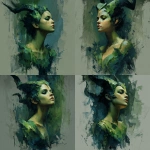

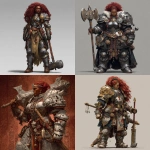
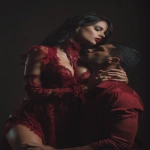

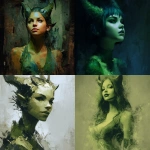

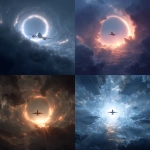
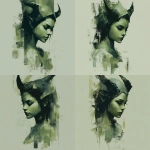
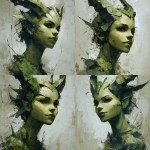


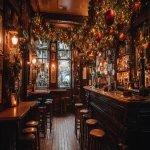
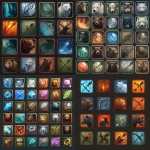
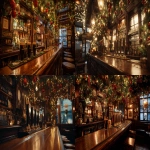
](https://images.ai-img.art/thumbnails/150/8f9a6a4ab5c92bc2352e685760875ca963cc75a1d2eb194d0747fc183b7ae7f7.webp)
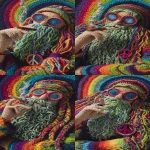


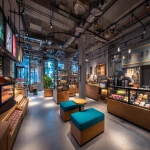

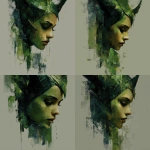
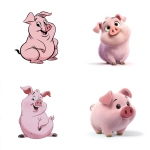
](https://images.ai-img.art/thumbnails/150/c0a2543716dbdae32453ebd12611077a13be65cf1399789bb13ed420a9dc84a8.webp)
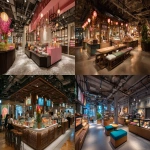




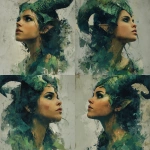
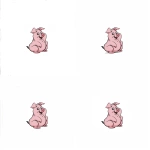






](https://images.ai-img.art/thumbnails/150/a8fad3d84b9625ec7889a602b6264e356513832fe074e590d2dddc54f7d58915.webp)
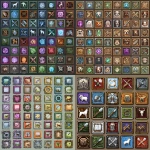
](https://images.ai-img.art/thumbnails/150/397ac87ed3d0c2048e225cfd489734182f0b8bee3cffc27ec5674b8914a33a0c.webp)